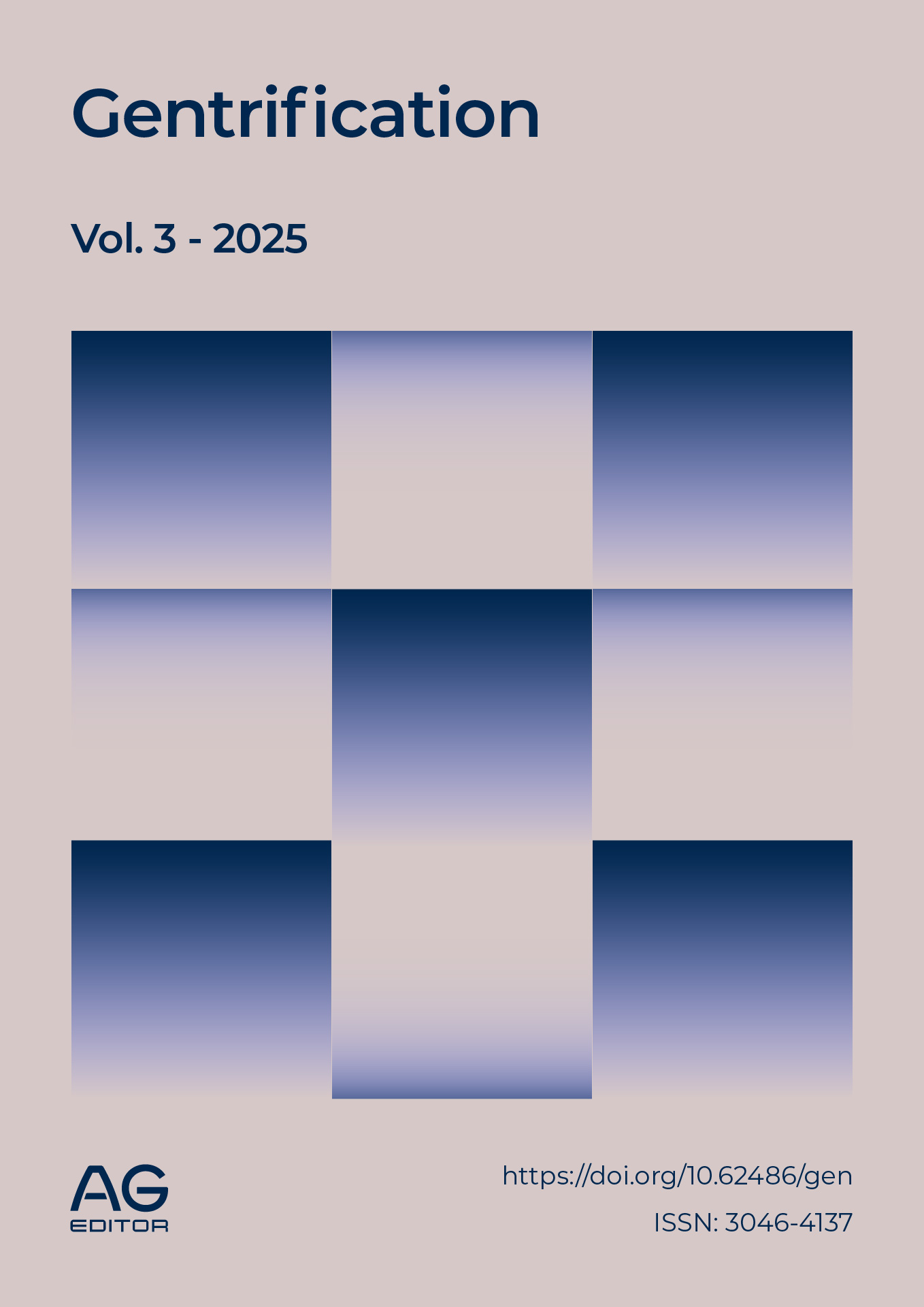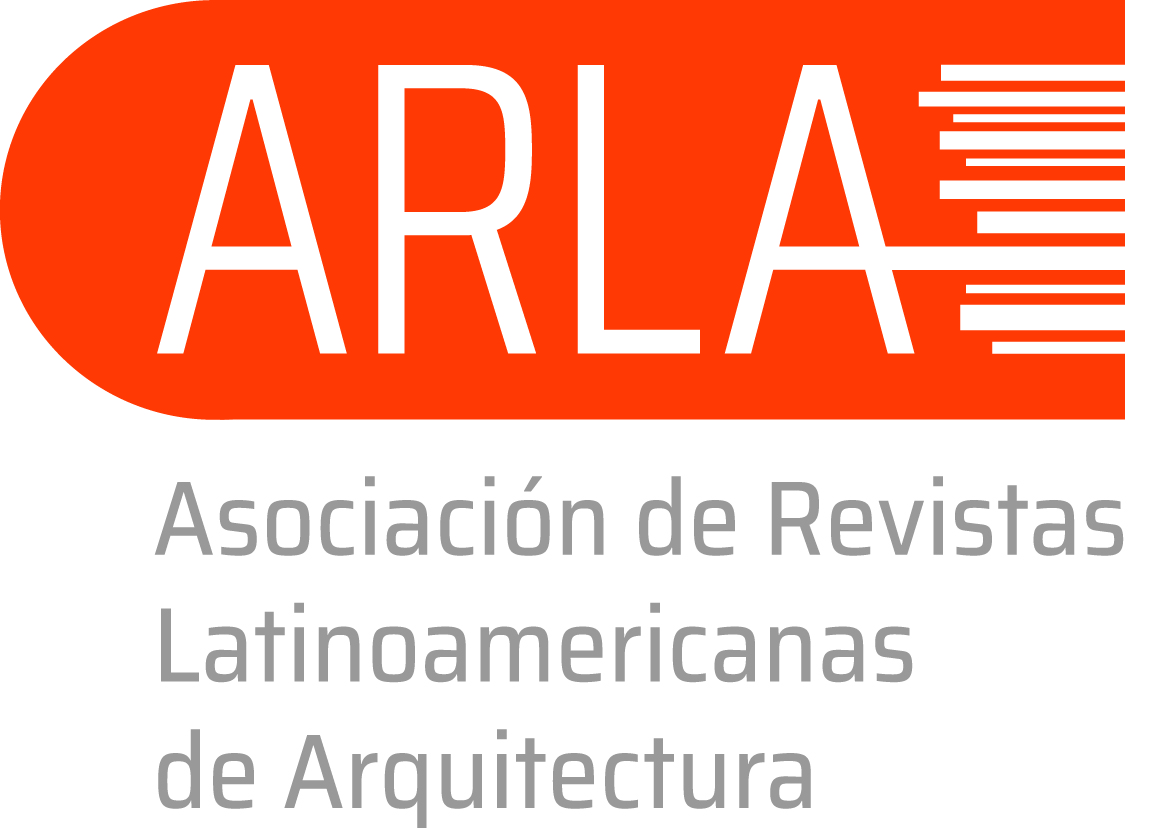Implications of urban social dynamics based on ontological security. Urban social configurations in San Luis Potosí
DOI:
https://doi.org/10.62486/gen202597Keywords:
Social configuration, socio-territorial dynamics, urban social dynamicsAbstract
Relationships within society are built on individual perceptions that can be understood both as a projection from the person and as an expression derived from a total social system. The first type corresponds to a real or direct relationship, in which the subject interacts with others or with social environments that allow for its execution. The second, meanwhile, corresponds to a virtual relationship, which is carried out on the basis of individuals' perceptions of others or social situations, whether or not there is a real second interlocutor.
In today's urban societies, socially derived relationships significantly reshape individuals' perceptions within their spheres of action, determining the dynamics in which they choose to participate. In the individual practice of inhabiting a space, the recognition of other people or social groups, the sensation about the physical surroundings that surround them, as well as the acceptance of social codes of conduct, are expressions that determine the individual-society configuration that the individual perceives and determines the social dynamic in which they will form part.
Based on research into the processes of territorialization of ontological security in San Luis Potosí, we reflect on how the objective expressions of security connect with the symbolic expressions that are perceived subjectively and allow the individual to interpret secure social configurations in order to appropriate and live in the territory.
References
Herrera, M. (2000) La relación social como categoría de las ciencias sociales. En Revista Española de Investigaciones Sociológicas, núm. 90, 2000, pp. 37-77 Centro de Investigaciones Sociológicas Madrid, España.
Krauze, K. (1998). Theorizing security, state formation and the 'Third World' in the post-Cold War world. Review of International Studies. 24(01). pp. 125–136.
Kessler, G. & Focás, B. (2014). ¿Responsables del temor? Medios y sentimiento de inseguridad en América Latina. En Nueva Sociedad. 249, enero febrero-2014.
Cubert, J. (2009). El rey desnudo. La gobernabilidad de la seguridad ciudadana. Barcelona: Uoc. S.L.
Castillo, O & García, A. (2021). Percepción social de la inseguridad y apropiación simbólica del espacio en la periferia de la metrópolis de México. En Revista de Urbanismo, (44), 128-148. doi:10.5354/0717-5051.2021.58430.
Ribes, A. (2020). Goffman y las situaciones sociales: algunas enseñanzas teórico-metodológicas, en Revista Española de Sociología, 29(2), pp. 285-300.
Moreno (2016). La inseguridad ciudadana como proceso de “territorialización”: Aproximación conceptual y teórica. Desafíos, 28(II): 145-176.
Marrero-Guillamón, I. (2012). Descentrar el sujeto. Erving Goffman y la teorización del sujeto. En Revista Internacional de Sociología. 70 (2) mayo – agosto, pp. 311-326.
Goffman, E. (1963). Behavior in Public Places. Notes on the social organization of gatherings. The Free Press: New York.
Castillo, O & García, A. (2021). Percepción social de la inseguridad y apropiación simbólica del espacio en la periferia de la metrópolis de México. En Revista de Urbanismo, (44), 128-148. doi:10.5354/0717-5051.2021.58430.
Bauman, Z. & Donskis, L. (2015). Ceguera moral. La pérdida de sensibilidad en la modernidad líquida. Paidós. Barcelona:España.
Downloads
Published
Issue
Section
License
Copyright (c) 2025 José Luis González Madrigal (Author)

This work is licensed under a Creative Commons Attribution 4.0 International License.
The article is distributed under the Creative Commons Attribution 4.0 License. Unless otherwise stated, associated published material is distributed under the same licence.






